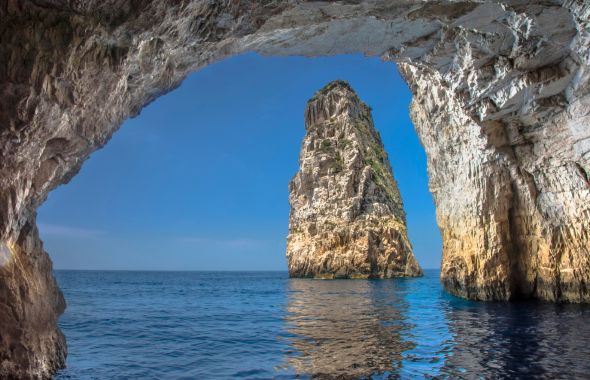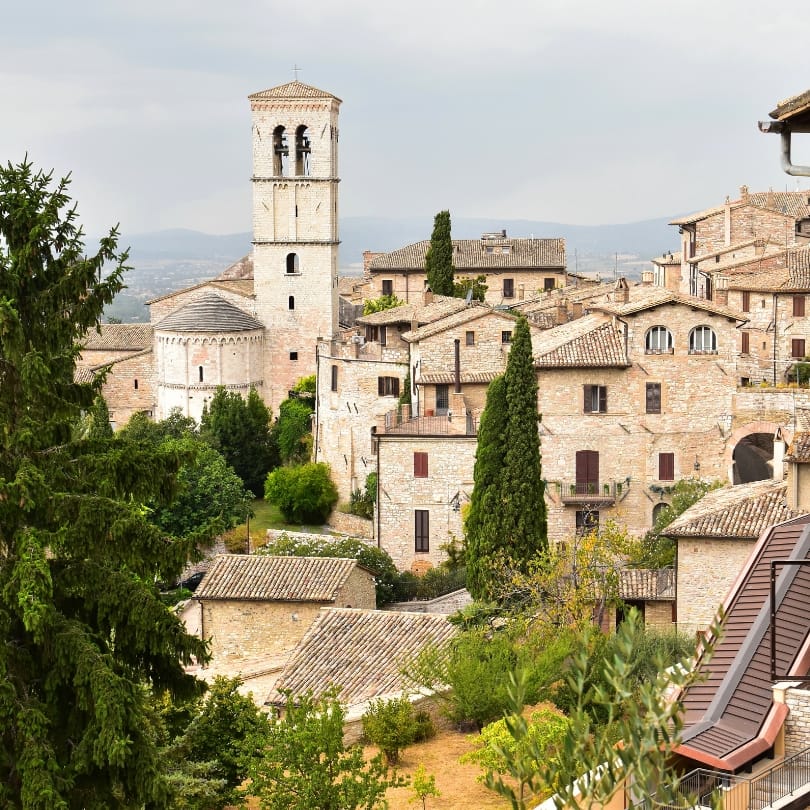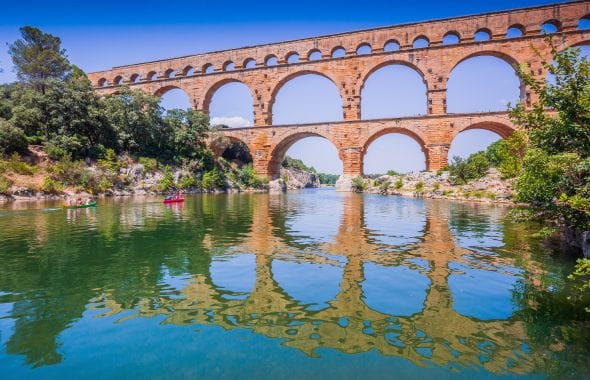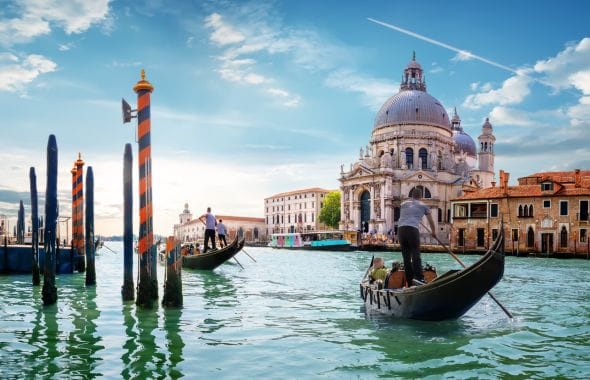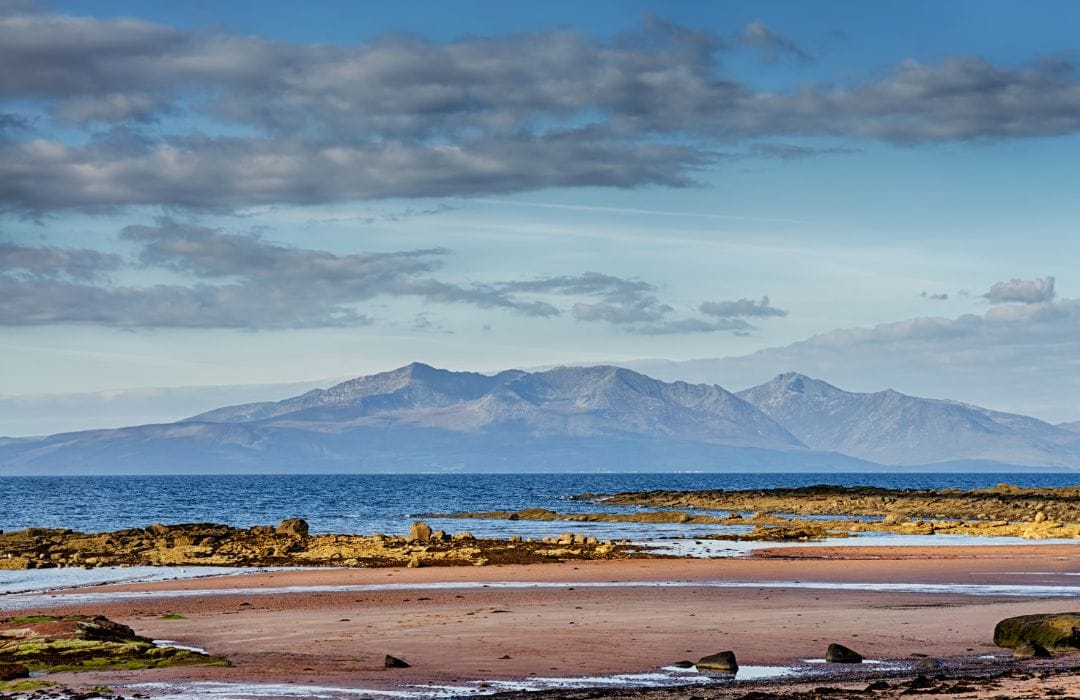
I’m taking a gamble by writing about this.
The phrases ‘Pandora’s box’ and ‘genie out of the bottle’ are ringing in my ears as I type.
Selfishly, I have all sorts of reasons not to advertise the Scottish islands any more than they have been already. Selflessly, there are further good reasons to press on.
I’m a thirty-something lifelong resident of Edinburgh. I grew up regularly visiting the Isle of Arran with my family, typically in spring or autumn. I wasn’t old enough to realise how much I was falling in love with its natural, unspoilt environment, and slow pace of life. In the summer, we would typically fly off to France, Italy, the USA, or South Africa. These holidays created special memories, but honestly none of the places we visited overseas have resonated or invited me back in the same way as the Isle of Arran.
Arran is obviously more easily accessible, but having been more than twenty times to an island only 20 miles long by 10 miles wide, I still have not encountered everything it has to offer. I adore its mountains, coastline, beaches, wildlife, and sense of community. All these things keep me going back as often as I can.
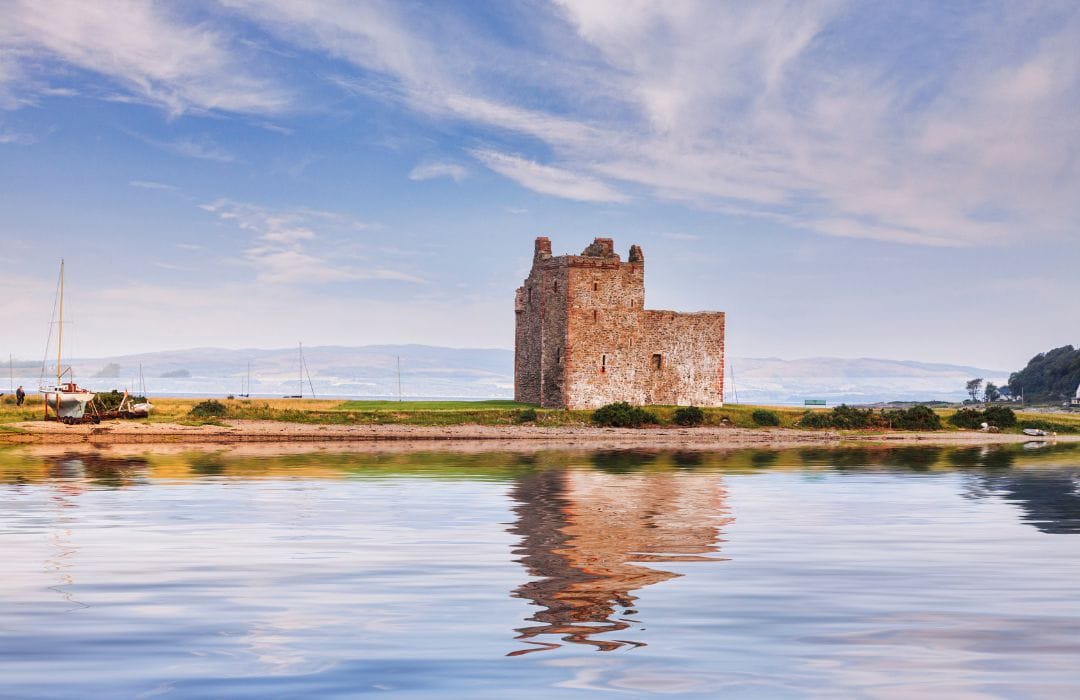
Lockdown increased my yearning for Arran but also got me intrigued as to what secrets the rest of Scotland’s islands were holding. Something about not being allowed to visit any of them made them even more alluring. I began ‘collecting’ islands once lockdown was lifted, and I’m now an avid Scottish-island-bagger (or ‘islomaniac’). I have taken my total to 40 as of June 2025.
Every island is different. There is obviously some shared DNA between them, but put simply: if you think ‘once you’ve seen one you’ve seen them all’, you haven’t visited more than one. Let me give an example.
I’m a bird watcher. I’ve spent hours watching waders and sea ducks playing around in Brodick Bay – and I do this same walk (the Fisherman’s walk) every time I return to the island. With so much space around you, the light changes the colours and the atmosphere every time you visit. The ocean, the sky, the birds, they all change. Arran is new every time you come back, especially as the seasons pass.
Much of what attracts so many birds here is the richness of the seas. The community has played a part in this by creating Scotland’s only ‘no take zone’, an ocean rewilding project. It is totally unique among Scotland’s islands.
Elsewhere around Scotland, different landscapes create new spectacles to marvel at. There are large cliffs absolutely covered in gannets, guillemots and kittiwakes in Orkney. Adjacent to the white sandy beaches and turquoise seas, there are less dramatic (but no less beautiful) sights of corncrakes and lapwings roaming fields of machair in the Outer Hebrides. Askernish golf course on South Uist carefully maintains its playing areas to ensure these ground-nesting birds can peacefully coexist with humans. In October, on Islay, the sky fills with Barnacle Geese as they arrive in their thousands from Greenland.
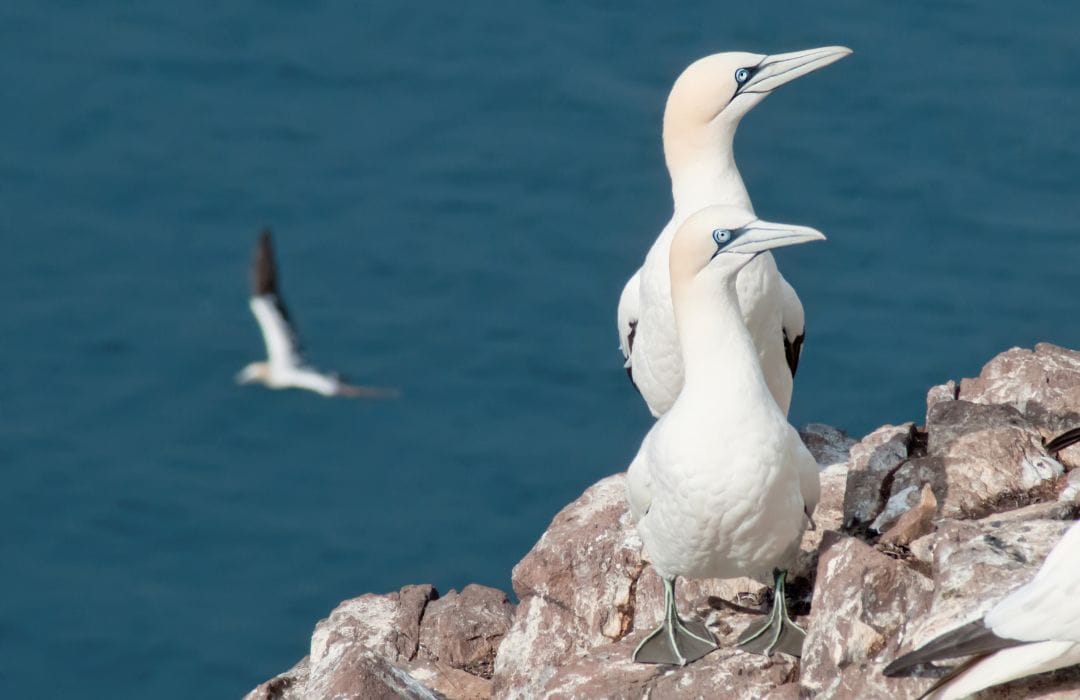
You can encounter red-billed choughs on Islay or Oronsay – birds which cannot be found anywhere else in Scotland. On the Small Isles, Arctic Terns and Great Skuas dominate (and take charge of) the landscape, so few are the humans that live there. These stories of rich diversity say nothing of the deeply distinct histories on each island, shaped for centuries by different industries, for millennia by different migrating peoples and for millions of years by different geologies and ecologies.
The first thing you learn when island bagging (and this extends to islands beyond Scotland – although we unquestionably have the best ones) is that the longer you spend on them, the further into your heart they penetrate. They do not let go. I don’t consider an island ‘bagged’ unless I’ve spent time on it and done at least something which I will remember. Ideally, I’ve spent a night or two there. Putting one foot down and getting back on the ferry is not an option.
If you choose to visit some islands, you will find at least some of that peace in a couple of days. Choose to get lost in conversation with the locals and other visitors, or at least allow yourself a few more days than you have specific plans for, and you’ll start to feel yourself getting attached. Spend those days exploring in an open ended way – on foot, by bike, by kayak or by road, and you’ll start to happen upon some secretive and beautiful spots (such as beaches, coves and viewpoints) that few others will know even exist. This is how the islomania starts. You happen upon these spots and they end up being special to you.
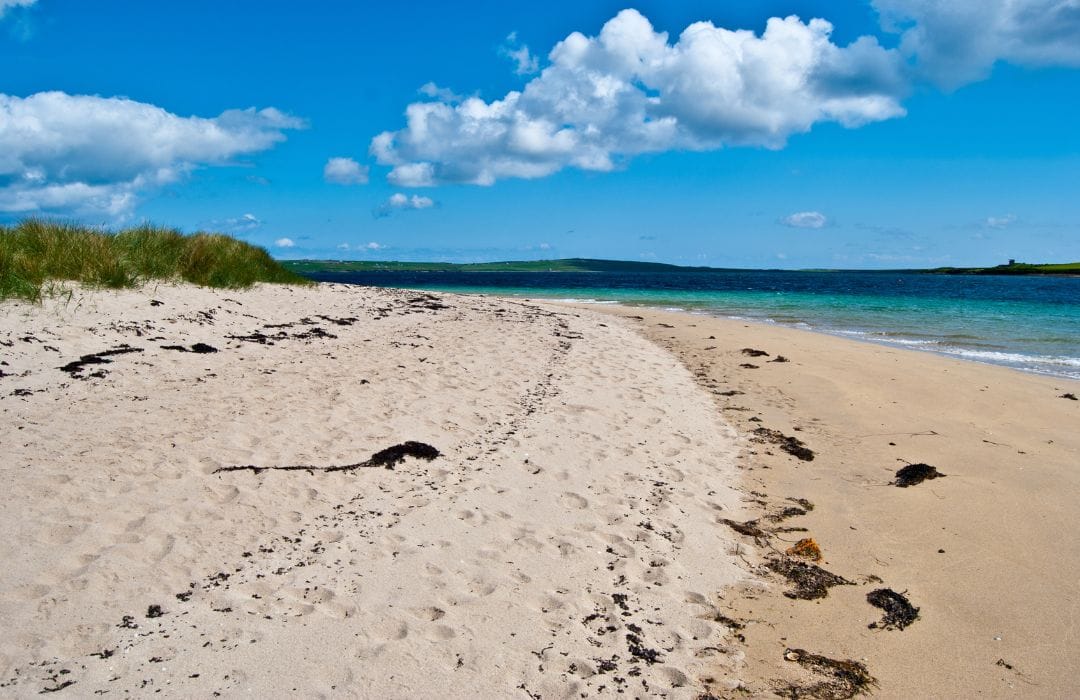
These spots are ‘secret’ not necessarily because plenty of others haven’t visited them, but because we often choose to keep them to ourselves. You probably will as well. Who wants to see beaches you have all to yourselves, with next to no litter and stunning scenery, ruined because of someone’s irresponsible behaviour on Instagram?
All that being said there is a case to be made that more people from the UK should be visiting the islands of Scotland (and doing so responsibly). I say this because it is the perfect alternative to flying on holiday.
In April 2025 I was on Arran, watching from the summit of Casteil Abhail (a mountain in the north of the island) as an appalling wildfire consumed Glen Rosa and devastated its wildlife, as well as a decade of conservation work. Later I saw it spread at an appalling rate into the night.
Temperatures that day had hit a high of 18 degrees, in April. Arran’s fragile landscape was not prepared for such a thing, and the community was devastated to witness the result. Climate change is to blame for the wildfire, regardless of how exactly the flame was first lit.
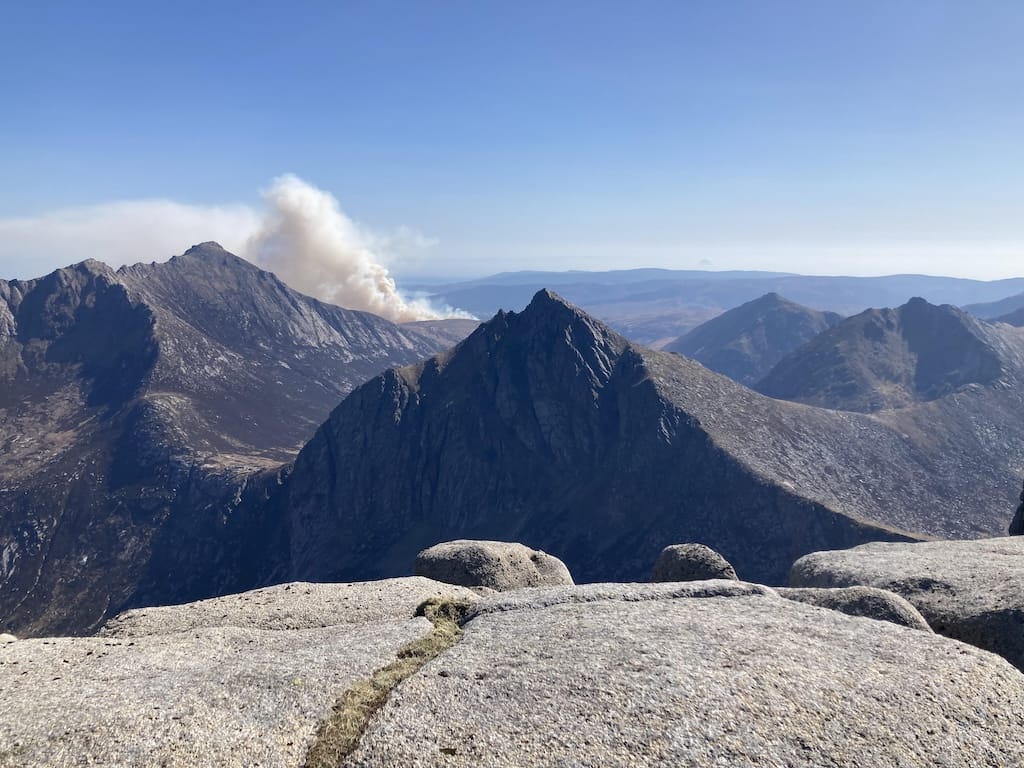
One month later and I was on a flight, my first since 2020, to Italy with my wife. Images of that wildfire were plaguing me while I boarded the plane and I resolved, for the sake of the birds and planet I love, not to continue flying.
It’s an addiction that our society must break if we’re to avoid irreparable damage to our children’s futures, the natural environment, to the wildlife we share this planet with, and essentially to everything and everyone we love. This is not a popular view in the circles I mix in. Flying on holiday is seen as a divine right for the hard working. I understand this view – countries around the world offer us pleasures and new experiences which are memorable.
Let’s look for a second though at what those pleasures and new experiences are. Sunlight is the main one. We are getting more and more of this in Scotland all the time, in part due to global warming, but let’s be honest: nowhere in the world is more beautiful in sunlight than Scotland.
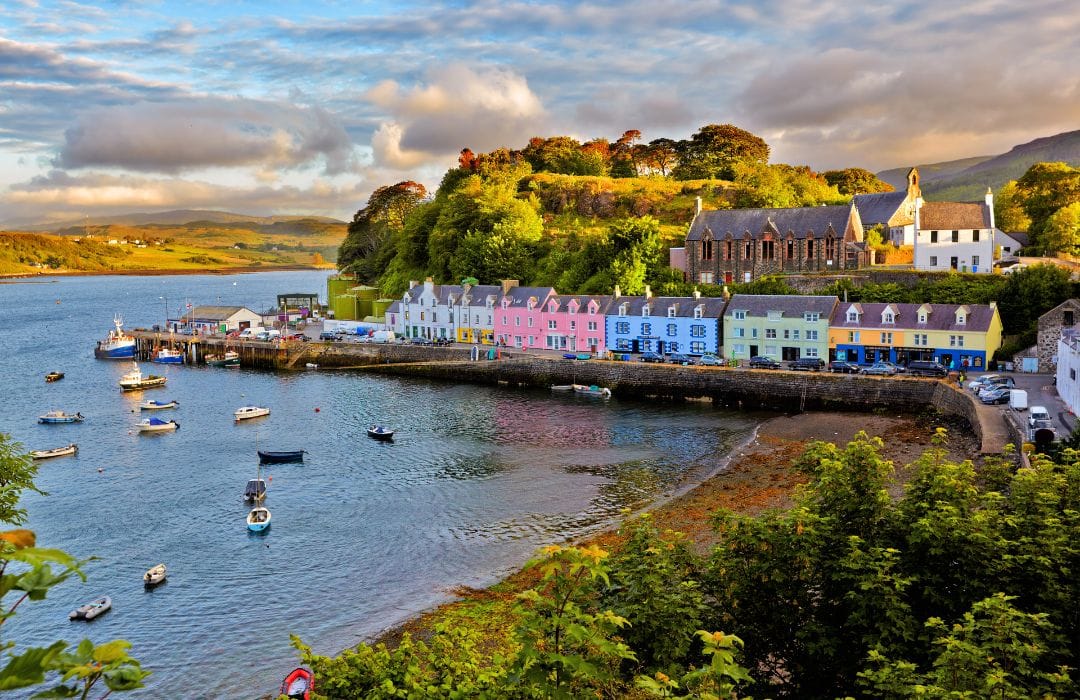
Why else do people get on planes? The main reasons are scenery, history, peace, escapism, quality time with friends or family, possibly some adventure, and good food. Need I say the rest?
Island bagging offers all of this and will deepen our appreciation for what we have on our own doorstep. Even if you visit 40 or more islands you will have plenty of reasons to come back and back to those same islands. It’s always the way – you arrive with a to-do list, and leave with an even longer to-do list.
I’m not a terribly acquisitive person – I’ve always been pretty happy with the simple pleasures. But not only do I believe that the simplest pleasures are the best ones, I believe that accelerating climate change calls for us all to turn to them as a way of living. There is evidence that increasingly unbearable heatwaves in southern Europe are changing our travel habits already, and we are choosing to holiday further north. But what about when those places get unbearable as well? Let’s take these patterns to their logical conclusion, and start turning even closer to home for holidays.
A ‘staycation’ is just a vacation, without the serious impact of flying. And if you choose the Scottish islands, you’ll get all of the benefits you expect from a holiday, and more besides.
Tom has set a personal goal of visiting 100 Scottish islands by the end of 2030. He is raising money to help with the restoration of Glen Rosa, and to support Flight Free UK. You can follow his progress on his 100 Islands blog.
